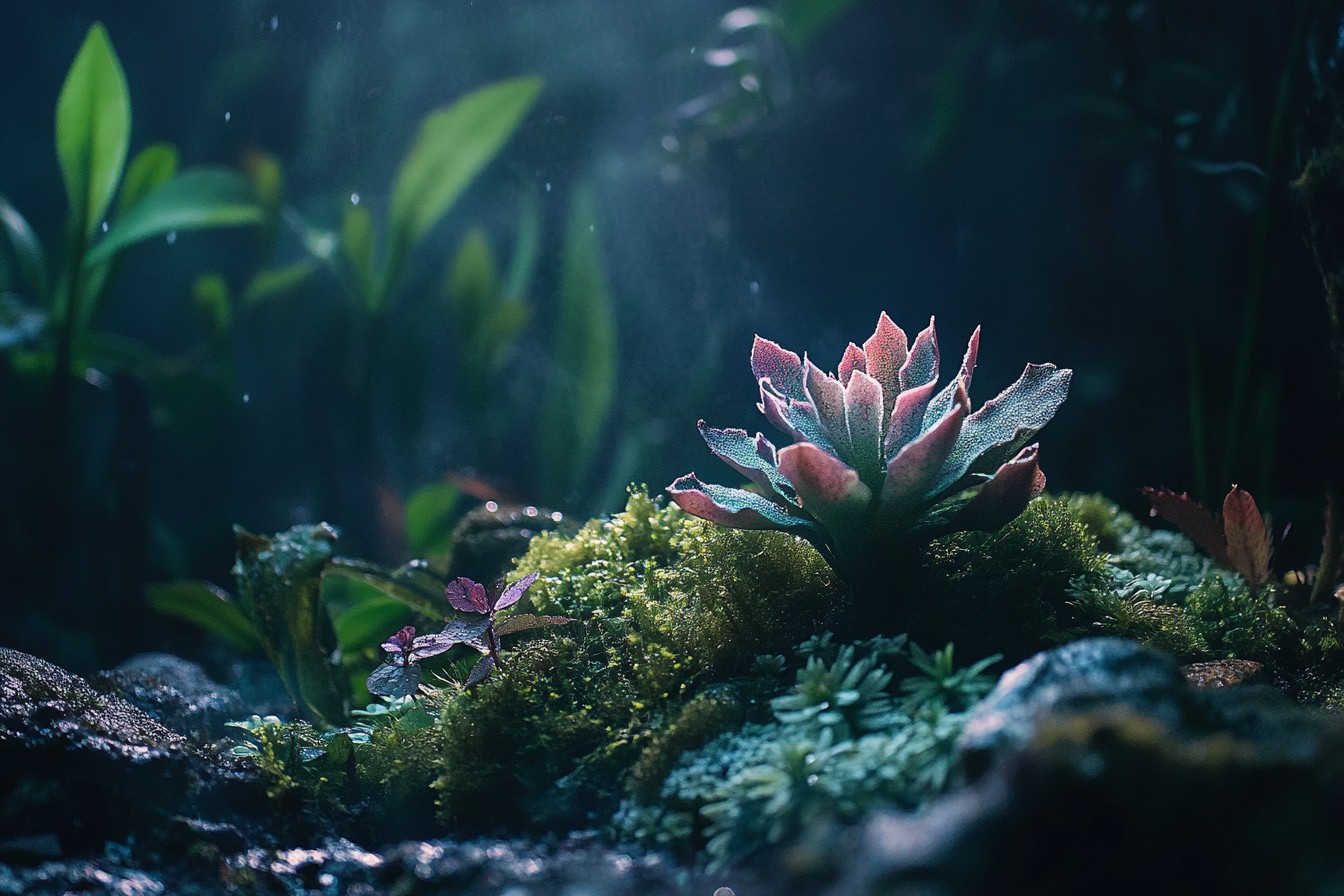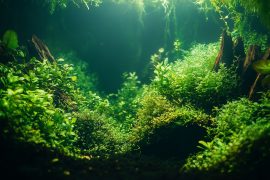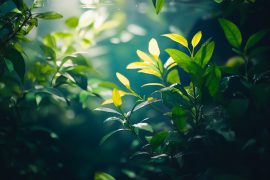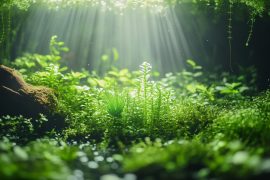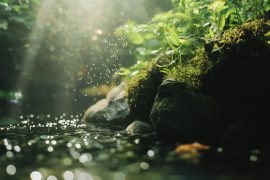You know what’s funny about paludariums? They’re basically what happens when you can’t decide between an aquarium and a terrarium, so you just… do both.
I built my first one after a particularly bad breakup. There’s something oddly therapeutic about creating a tiny world you can actually control when your real one feels like it’s falling apart. Anyway—I’m getting ahead of myself.
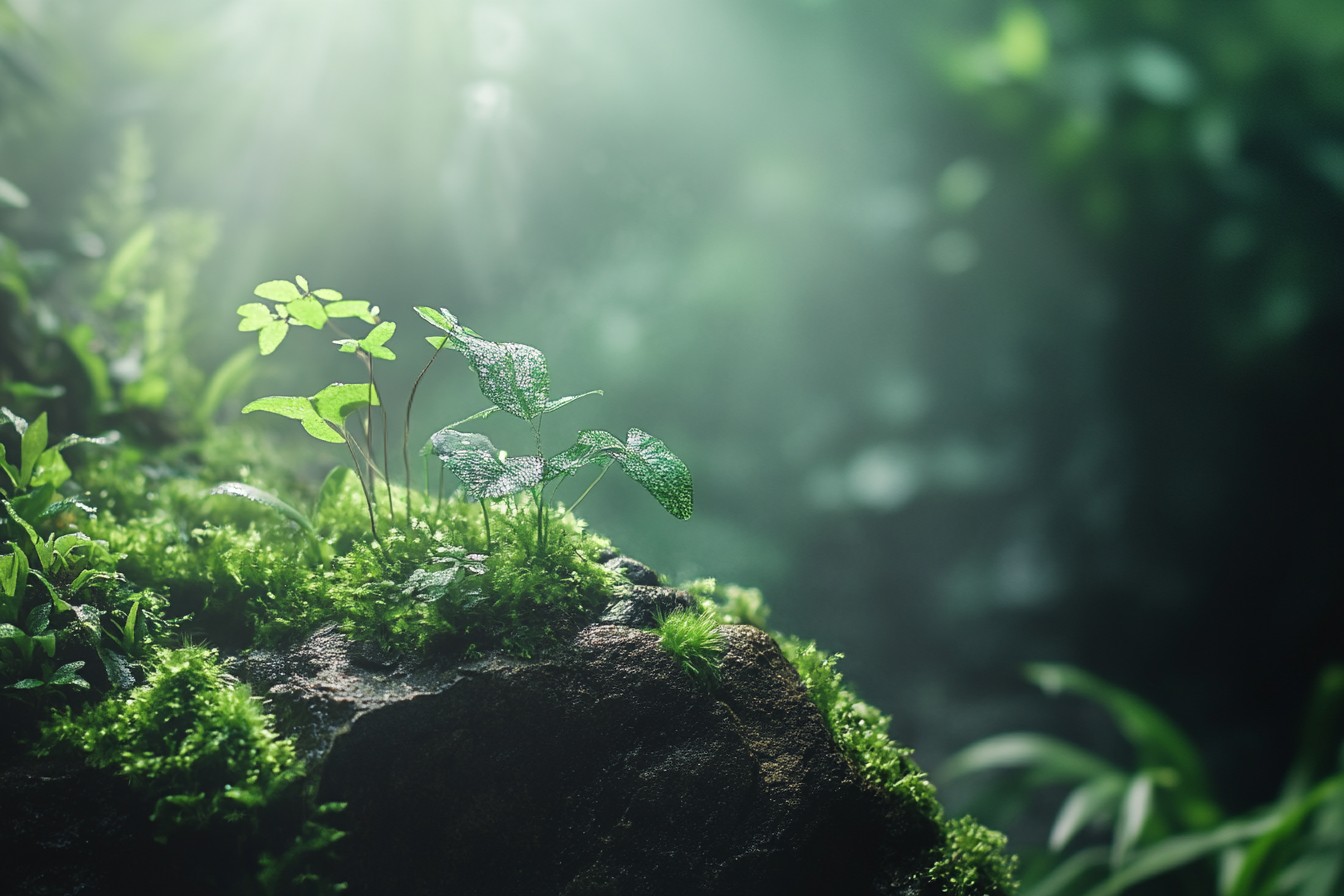
Let me back up. A paludarium is this gorgeous hybrid setup—part land, part water—where you can keep aquatic creatures down below and terrestrial or semi-aquatic critters up top. It’s like having a slice of rainforest in your living room, complete with the constant drip-drip-drip that’ll have your roommates questioning their living situation.
(Trust me on that one.)
So you want to build one? First thing’s first: size matters. I learned this lesson the hard way with a 10-gallon tank that quickly became way too cramped.
The plants grew faster than I expected, the substrate kept sliding into the water section, and my poor fire-bellied toads looked at me like I was the world’s worst landlord. Now I recommend nothing smaller than a 29-gallon for beginners, but honestly? Go with a 40-breeder if you’ve got the space.
The extra width gives you more design flexibility. For the tank itself, standard aquariums work fine—I’ve used everything from an old Aqueon I found on Craigslist to fancy rimless setups that cost more than my first car. Just make sure whatever you choose doesn’t have any cracks or leaks.
Fill it with water and let it sit overnight on top of a towel before you start building. Nothing kills enthusiasm faster than discovering a slow leak after you’ve spent three days creating your masterpiece. (Cue memories of my living room carpet squelching under my feet at 3 AM.)
Next comes the hardest part—figuring out how to divide the land and water sections.
There are like a million ways to do this, I swear. False bottoms using egg crate light diffuser panels, foam backgrounds carved into ledges, commercial dividers that cost a fortune… I’ve tried most of them.
My go-to method these days involves using a combination of PVC pipes as supports with light diffuser panels on top, covered with weed barrier fabric. It creates this weird skeletal structure that you then hide with substrate. Looks absolutely horrifying during construction—like some kind of deranged plumbing project—but it works.
Speaking of substrate, you’ll need different types for different areas. For the terrestrial section, I mix ABG (Atlanta Botanical Garden) mix with a bit of crushed oak leaves and sphagnum moss. It’s perfect for plants and drains well enough that your land-dwellers don’t get trench foot.
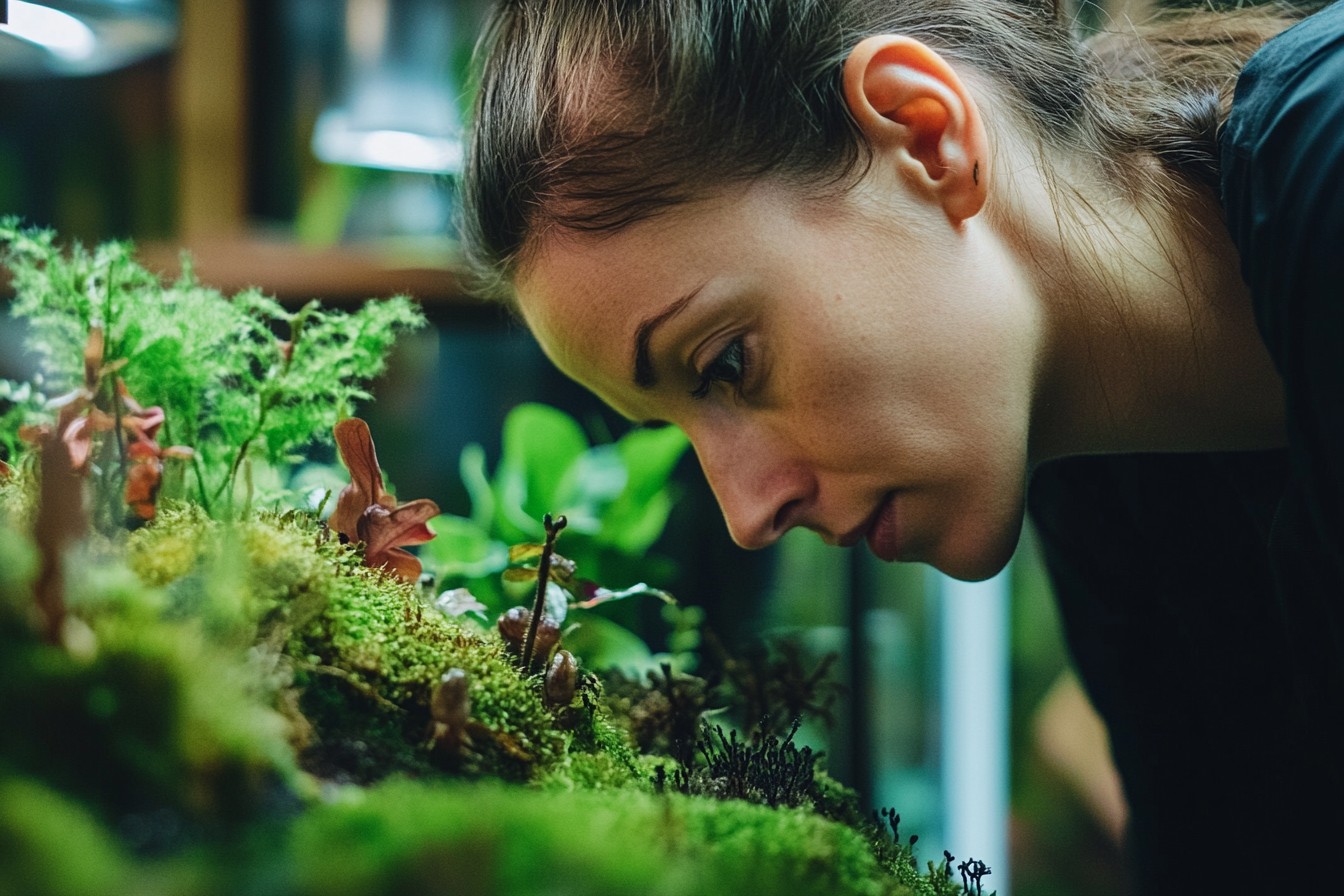
For the underwater section, I like a mix of fine gravel and aquasoil, capped with sand in areas where I want to plant heavily. Just remember that whatever you put in the water will eventually affect your water parameters, so avoid anything that’ll mess with your pH if you’re keeping sensitive fish. Drainage is super important—I cannot stress this enough.
Your land section needs to stay moist but not soggy. The worst paludarium I ever made turned into this disgusting swamp because I didn’t plan proper drainage. The smell was…
memorable. Not in a good way. My then-girlfriend (not the one from the breakup, a different one—there’s a pattern here about my relationships and excessive tank maintenance) refused to come over for two weeks.
When it comes to the fun part—decorating—think vertically! This isn’t just an aquarium with a dry spot; it’s a three-dimensional habitat. I use ghost wood, manzanita branches, cork bark tubes, and all sorts of hardscape to create climbing surfaces.
Position them during construction so they’re anchored securely. There’s nothing more frustrating than having your entire setup collapse because you bumped the tank while feeding. Plants make the paludarium come alive, literally.
For terrestrial areas, I’m obsessed with miniature ferns, pilea, fittonia, baby tears, and small orchids. Mosses are amazing transition plants—Java moss grows in both wet and dry areas, and live sphagnum creates this gorgeous green carpet if you’ve got good light. For the aquatic section, anubias, crypts, and bucephalandra are my go-to plants.
They’re basically unkillable, which is good because access for maintenance can be tricky once everything’s established. Lighting is tricky for paludariums because you’re trying to meet the needs of both aquatic and terrestrial plants. I use a combination of LED fixtures—usually a planted tank light for spectrum plus a Jungle Dawn for the terrestrial plants that need more intensity.
Position them so you don’t get crazy algae growth in the water while still giving your land plants enough light to thrive. Then there’s the filter. Oh boy.
I’ve tried everything from canister filters (great flow, pain to maintain) to internal filters (easy access, take up valuable space) to sumps (amazing but technically challenging). These days I usually go with a small canister filter for tanks under 40 gallons and a custom sump for larger setups. Whatever you choose, make sure you can actually access it for maintenance without dismantling your entire creation.
Now for the best part—choosing inhabitants! This is where you really need to do your homework. Not all creatures play nice together, and some have very specific needs.
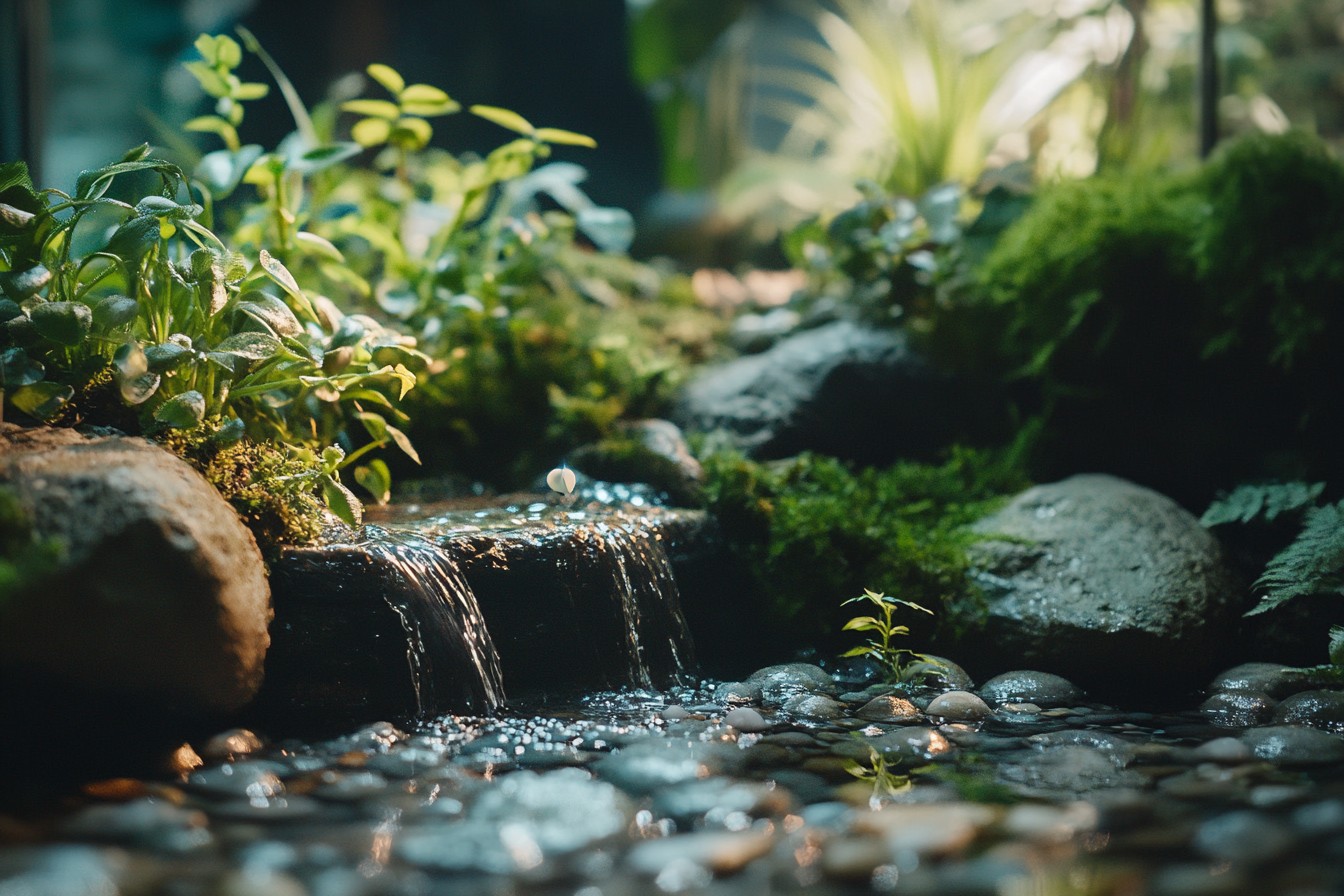
For the terrestrial portion, I’ve kept dart frogs (amazing but sensitive to water quality), various tree frogs (adorable but some are escape artists), and small geckos (perpetually plotting their escape). In the water section, I’ve had everything from small schooling fish like celestial pearl danios to freshwater shrimp, which are fascinating to watch but like to commit suicide by crawling onto land occasionally. For my current favorite paludarium—a 65-gallon in my office—I’ve got a group of vampire crabs living up top.
These little guys are semi-aquatic and scuttle between land and water throughout the day. Below, I keep a small group of endlers livebearers and cherry shrimp. The whole system is planted heavily, with a waterfall feature that doubles as filtration.
It took about six months to fully stabilize, but now it’s practically self-sustaining. I just top off the water, feed the inhabitants, and trim plants occasionally. Temperature management is another challenge—particularly if you’re keeping species with different requirements.
My solution involves careful placement of the tank (away from windows and vents), strategic use of fans for cooling if needed, and a reliable heater in the water section. I monitor everything with a couple of digital thermometers placed at different heights. Here’s something they don’t tell you in those perfect YouTube paludarium build videos: these things evolve constantly.
Plants grow, die, get replaced. Hardscape gets covered in moss or starts to break down. The water level finds new ways to fluctuate that defy the laws of physics.
What I’m saying is, be prepared to tinker and adjust. Your paludarium is less of a finished project and more of a relationship that needs ongoing attention. But man, when you get it right?
When you’ve got this thriving little ecosystem with frogs calling, plants pearling underwater, and a perfect balance of growth? There’s nothing like it. I’ve spent countless evenings just sitting in front of my paludariums, drink in hand, watching this miniature world go about its business.
It’s better than therapy—though considerably more expensive if you get as obsessed as I did. So start simple, be patient, and don’t be afraid to tear things down and start over if they’re not working. My best setups usually came after complete failures that taught me what not to do.
And isn’t that always the way? Nature’s stubborn like that—you can’t rush it, you can’t force it, you just have to work with it and learn its rhythms. Kind of like…
well, everything else worth doing in life.
